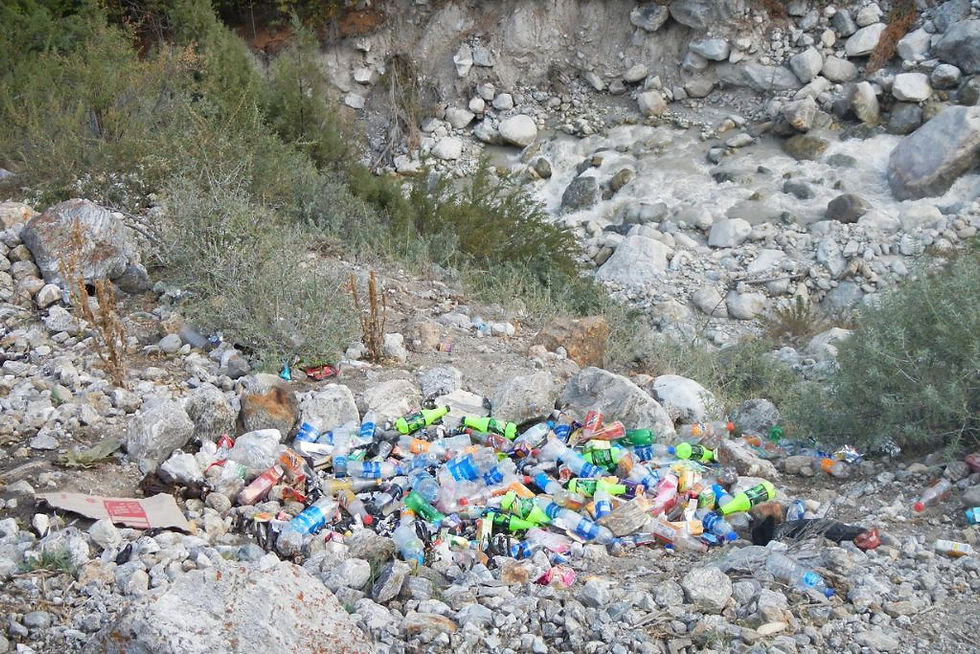The Top 10 US Cities For ‘Green’ Transportation in 2020 Revealed
- Constant Tedder
- Jan 25, 2021
- 2 min read
According to new research by StreetLight Data, New York, Sarasota and Portland have emerged as the leading US cities for “green” transportation as a result of COVID-19- related travel shutdowns in 2020.
—
What is Happening?
StreetLight Data’s second annual US Transportation Climate Impact Index shows that COVID-19 has had an unprecedented impact on greenhouse gas emissions, including those from transportation.
The index ranks the US’s 100 most populous cities based on several carbon-related transportation factors including vehicle miles travelled (VMT), bicycle and pedestrian metrics, transit, population density and circuity.
In 2020, working-from-home increased, along with e-commerce and restaurant delivery. Transit and airplane travel decreased, while more people rode bikes and walked outdoors.
Those cities that came out of top of the rankings generally have low VMT, significant bike and pedestrian activity, high per-capita transit use (mainly in the pre-COVID-19 months of 2020), high population density, and low circuity (people drive directly to their destination).
The top 10 US cities for “green transportation” in 2020 were:
New York-Newark-Jersey City, Newark-New Jersey
North Port-Sarasota-Bradenton, Florida
Portland-Vancouver-Hillsboro, Oregon-Washington
Cape Coral-Ft Myers, Florida
San Francisco-Oakland-Hayward, California
Miami-Fort Lauderdale-West Palm Beach, Florida
Colorado Springs, Colorado
San Diego-Carlsbad, California
Minneapolis-St Paul-Bloomington, Minnesota-Wisconsin
Seattle-Tacoma-Bellevue, Washington
Encouragingly, the research also showed what we have long known- that decoupling emissions and GDP is possible; 2020 saw VMT drop to unprecedented lows but GDP didn’t follow suit. The UN also noted that emissions have already peaked in GDP growth countries, indicating that VMT can drop while economic growth continues.
Unfortunately, the fall in commuting did not translate to permanent or drastically lower amounts of driving. In fact, by August, VMT had begun to climb back to pre-pandemic levels, albeit with peak traffic spread over more hours during the day.
You might also like: Pollution in New York’s Waters is Killing Wildlife
Laura Schewel, CEO and co-founder of StreetLight Data, says, “Given the potential for decoupling economic growth from VMT, now is the time to create more financial and other incentives for reducing climate impact. If we don’t build that into our economic recovery, we risk obliterating any short-term gains made during COVID-19 travel shutdowns.”
One of the most encouraging 2020 takeaways, StreetLight notes, is that many cities moved quickly to adjust transportation infrastructure to help citizens and businesses. This included closing streets to vehicles, opening sidewalks for restaurant seating, and adjusting parking options for delivery services. Cities should incorporate this “rapid planning” stance long-term, as transportation technology, behaviours, and economics will continue to evolve rapidly.
Featured image by: Flickr



Comments